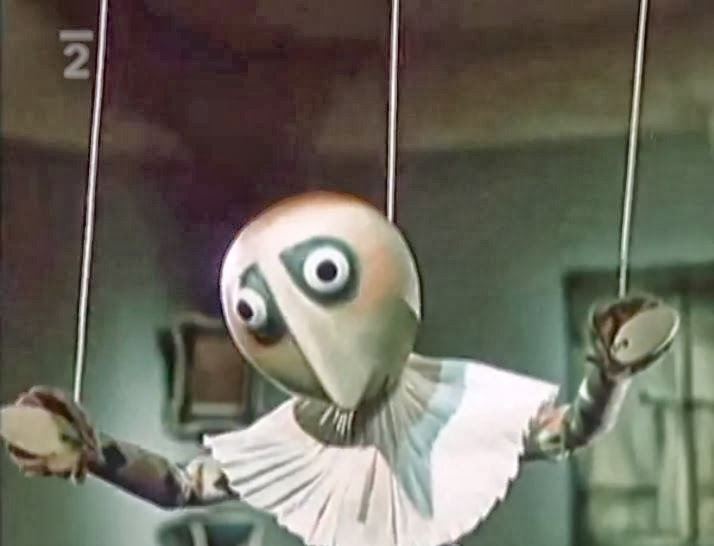In my opinion, illustration means to be different, to have a unique perspective of your surrounding environment, views on political and social contexts, something personal to you.
James Jean - A beautiful mixed media illustrator that incorporates fantasy based themes with in his compositions. The attention to detail is breath taking with his control of line and blend of acrylic paints which create a surreal scenario in which his figures and environments emit this delicate atmosphere. Jean's work inspires my own work through how he portrays his surroundings and twists this into his own surreal depiction, his work heavily influenced me whilst I was creating a more experimental outlook on the Visual Language task of Set, Series and Sequence.
 |
| untitled |
 |
| Broadchurch |
Tomer Hanuka - A digital based illustrator who creates his work in a detailed and stunning approach. Hanuka is an illustrator who has inspired my work throughout my time at Selby College and still does. I believe his work inspires me so much as it not only incorporates detail but it absorbs such emotional and contextual expressions that it makes the composition that much more meaningful.
Emotional impact = graphic story telling
Vania Zouravliov - A beautiful human being who creates just aesthetically stunning traditional illustrations that have made a huge impact on my work for many years. Zouravliov's work just continues to inspire me through how he captures so much detail, how he depicts the detail with media and how the placement/structure of the composition changes the outlook of the expression and body language of the character portrayed.
Edward Ardizzone began his illustrative work with the Little Tim series that held a beautiful sketchy, watercoloured appeal which worked well with the younger audience target market. I just find the appeal of the dip pen strokes aesthetically pleasing to the eyes.
Ardizzone was then known as the official British war artist, and created sketches detailing the journey in which the troops endured. These compositions which Ardizzone created contrasted drastically with the Little Tim illustrations, with the complete change in colour palette, contorting into greys, blacks, and desaturated blues, giving the imagery a deep atmosphere of despair, dread and foreboding.
 |
| Sicily |
 |
| Little Tim |
I believe illustration is a form of escapism, a form which allows the illustrator to create compositions that don't have to relate to reality, or ones which do relate to reality but in their own portrayal, its a from of expressive freedom that can hold so much meaning and context that it can make the audience bewildered and conjure different takes on the composition.






















2.jpg)

